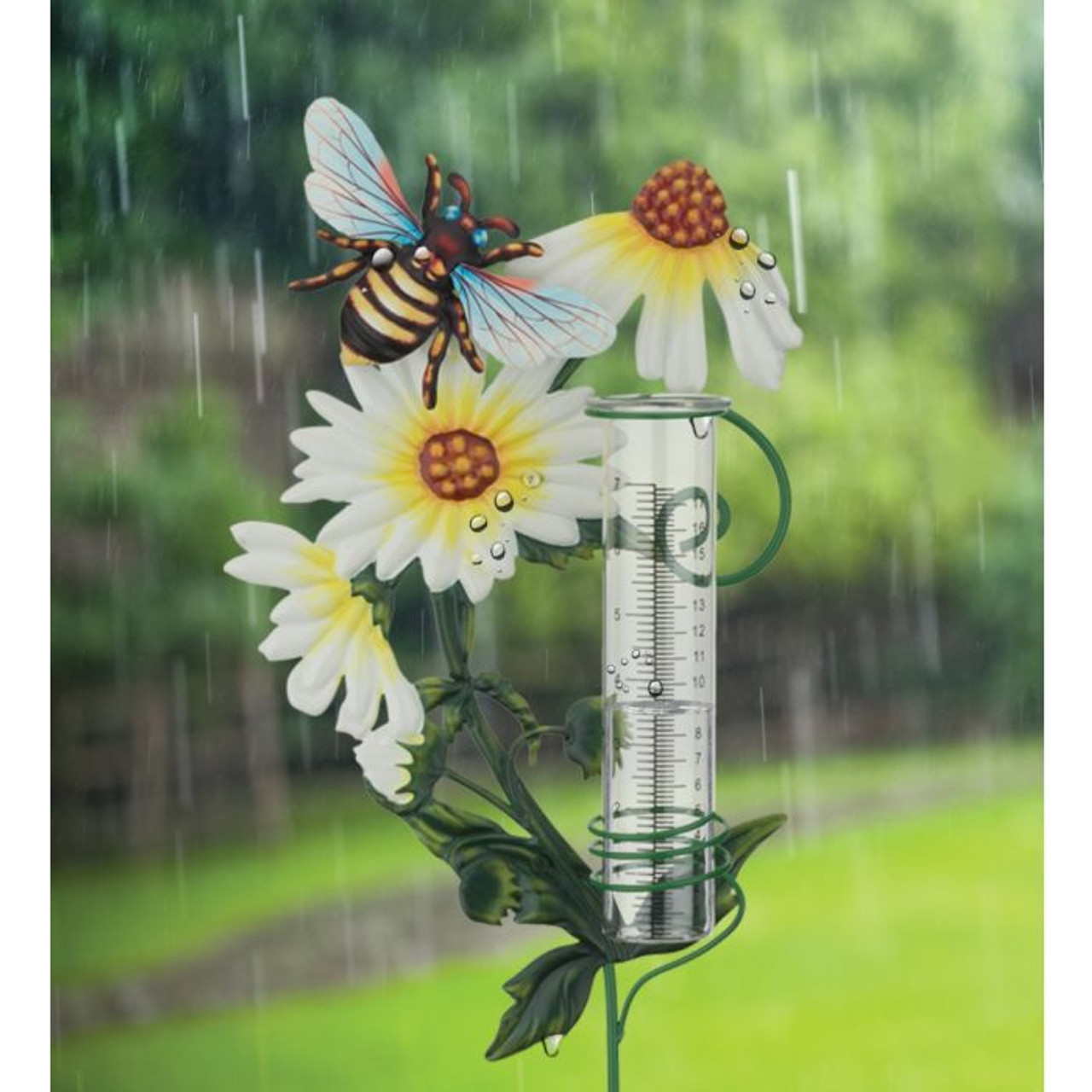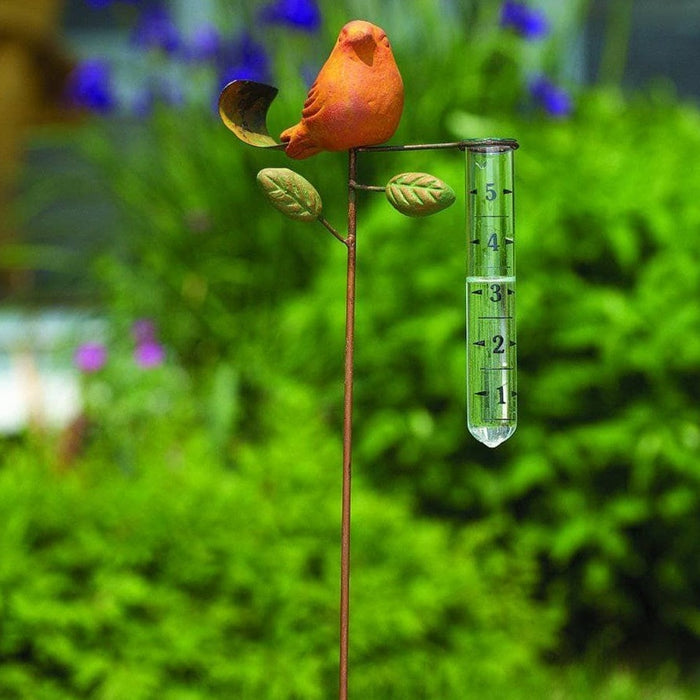The Rain Gauge: Equipping Neighborhoods with Exact Rainfall Data
The Rain Gauge: Equipping Neighborhoods with Exact Rainfall Data
Blog Article
Comprehending Rainfall Scale Measurements: A Full Guide
Recognizing Rain Scale Dimensions: A Complete Overview is a comprehensive source for any person looking for a deeper understanding of rainfall gauge measurements. Rain is a vital element in numerous markets, including farming, meteorology, and water source monitoring. This overview aims to give viewers with a thorough understanding of the relevance of rain scale measurements, the different kinds of rain gauges available, and how these measurements are acquired and analyzed. Furthermore, it checks out the elements that can impact the precision of rainfall scale readings and offers practical ideas for acquiring precise dimensions. Whether you are an expert in the area or just have a curiosity concerning rains dimension, this overview will equip you with the understanding required to properly utilize rain scale measurements.
The Significance of Rainfall Gauge Measurements
The value of rain gauge dimensions hinges on their role as a crucial device for properly analyzing and monitoring precipitation degrees - The Rain Gauge. Rainfall gauge dimensions give useful data that aids meteorologists and hydrologists recognize patterns and trends in rains, which consequently help in different fields such as farming, water source management, and climate research study

Exact rains dimensions are crucial for agriculture as they aid in determining irrigation demands, crop development, and yield forecasts. Farmers count on this information to make enlightened choices concerning when to water their crops, protecting against water wastefulness and guaranteeing optimum crop health. Additionally, rainfall information assists in examining the effect of droughts or too much rainfall on plant manufacturing, making it possible for farmers to take proper measures to minimize losses.
Water source management greatly depends on rainfall gauge measurements to determine the quantity of water available in lakes, tanks, and rivers. Precise measurements enable water supervisors to make informed choices regarding water allowance and circulation, making certain sustainable use and stopping lacks. This info is particularly essential in areas where water shortage is a pushing problem.
Moreover, rainfall scale dimensions play a crucial role in climate research. By properly measuring rains over extended durations, scientists can assess long-lasting climate patterns and identify adjustments in rainfall patterns as a result of climate change. This information aids policymakers and scientists develop techniques to adjust to and minimize the effects of climate modification.
Sorts Of Rainfall Gauges
There are numerous sorts of rainfall evaluates used to gauge precipitation properly. Each type has its very own advantages and restrictions, making them appropriate for different functions and atmospheres.
One of the most common sort of rain gauge is the basic round scale. It contains a cylindrical container with a wide funnel-shaped top to accumulate rainwater (The Rain Gauge). The water is then funneled right into a finished measuring tube, permitting specific dimension of the amount of rains
Another kind is the weighing rain scale. Considering rain gauges are especially valuable in areas with frozen rainfall or hefty rainfall, as they are not influenced by spraying or evaporation.
Tipping bucket rain assesses employ a system that ideas a tiny bucket each time it collects a particular quantity of rain. The number of suggestions is videotaped and made use of to calculate the rainfall. This sort of gauge is frequently made use of in automated weather condition stations due to its low maintenance demands and capability to give real-time data.
Lastly, there are radar-based rain gauges that usage radar innovation to estimate rainfall. These gauges measure the intensity of rainfall in a specific area by analyzing the mirrored radar signals. They are particularly useful for measuring precipitation over huge areas or in remote areas.
How Rain Scale Measurements Work
Rainfall gauge dimensions are based upon the principle of measuring the quantity and accumulating of precipitation. These instruments are made to record rain and give a precise measurement of the rains in a particular area.
One of the most typical kind of rainfall scale is the common cylindrical scale. It is composed of a cylindrical container with a broad opening at the leading to gather rain. The gathered water is then channelled right into a gauging tube, which is calibrated to supply the measurement in units of size, usually millimeters or inches.
An additional sort of rain scale is the tipping bucket scale. When they reach a particular weight threshold, it makes use of a seesaw-like system with Extra resources 2 containers that tip. Each pointer of the container represents a details volume of rains, enabling exact measurements.
Some sophisticated rainfall evaluates are equipped with electronic sensors that automatically document and transfer information. These sensing units utilize numerous innovations such as ultrasound or laser to gauge the quantity of rains accurately.
Aspects Affecting Rain Gauge Accuracy
Factors that can affect the precision of rainfall scale measurements consist of different ecological and functional variables. Environmental elements such as wind, temperature, and climatic stress can substantially influence the this content precision of rainfall scale measurements. Strong winds can trigger the rain scale to relocate or tilt, leading to imprecise analyses. In a similar way, extreme temperatures can trigger evaporation or freezing of the gathered rainwater, resulting in distorted measurements. Adjustments in air pressure can also affect the accuracy of rain gauge measurements, as they can change the rate at which rainfall is collected.
Operational variables, on the other hand, describe variables associated with the layout, setup, and upkeep of the rain gauge. The placement of the rainfall scale in an area with blocked air flow or near trees or buildings can lead to unreliable analyses due to obstruction or splattering of rains. Inappropriate calibration or irregular upkeep of the rain scale can additionally influence its accuracy.
To ensure the precision of rainfall gauge dimensions, it is necessary to take into consideration these aspects and take proper measures. This might entail choosing an appropriate place for the rainfall gauge, making certain correct installation and upkeep, and frequently calibrating the tool. By addressing these factors, dependable and accurate rains measurements can be acquired, which are essential for different applications such as climate projecting, hydrological studies, and agriculture.
Tips for Accurately Gauging Rain
To ensure accurate rains measurements, it is important to carry out particular strategies and techniques when utilizing a rainfall scale. Right here are some suggestions for precisely gauging rainfall:
Correct Positioning: Place the rainfall scale in an open area, far from trees, buildings, and other obstructions that might disrupt the rains collection. It must be placed on a degree surface area to avoid water merging or drainage.

Review the Scale Correctly: When taking measurements, checked out the water degree at eye degree from the base of the lens. Prevent parallax mistakes by straightening your view straight with the water level.
Constant Time Period: Set a regular time interval for determining rains, such as every 24 hr or after each rains event. This makes certain accurate monitoring and comparison of precipitation information.
Document Measurements Promptly: Tape-record rains measurements immediately after collection to stop evaporation or spillage. Utilize a rain gauge with an integrated information logging function for automatic recording.
Conclusion
In conclusion, recognizing rainfall gauge measurements is essential for precisely measuring rains. Various kinds of rainfall assesses are available, each with their own advantages and restrictions. It is very important to take into consideration aspects that can affect the accuracy of rainfall scale measurements, such as positioning, dissipation, and wind. By following the tips provided, one can ensure much more specific and dependable rains measurements.
Understanding Rain Gauge Measurements: A Total Guide is a comprehensive source for any person looking for a deeper understanding of rainfall gauge measurements. Whether you are a professional in the area or merely have an inquisitiveness concerning rainfall measurement, this guide will outfit you with the knowledge required to properly use rainfall scale dimensions.
The most usual type of rain gauge is the common round gauge.The most common kind of rainfall gauge is the typical round gauge.An additional kind of rainfall gauge is the tipping pail gauge.
Report this page